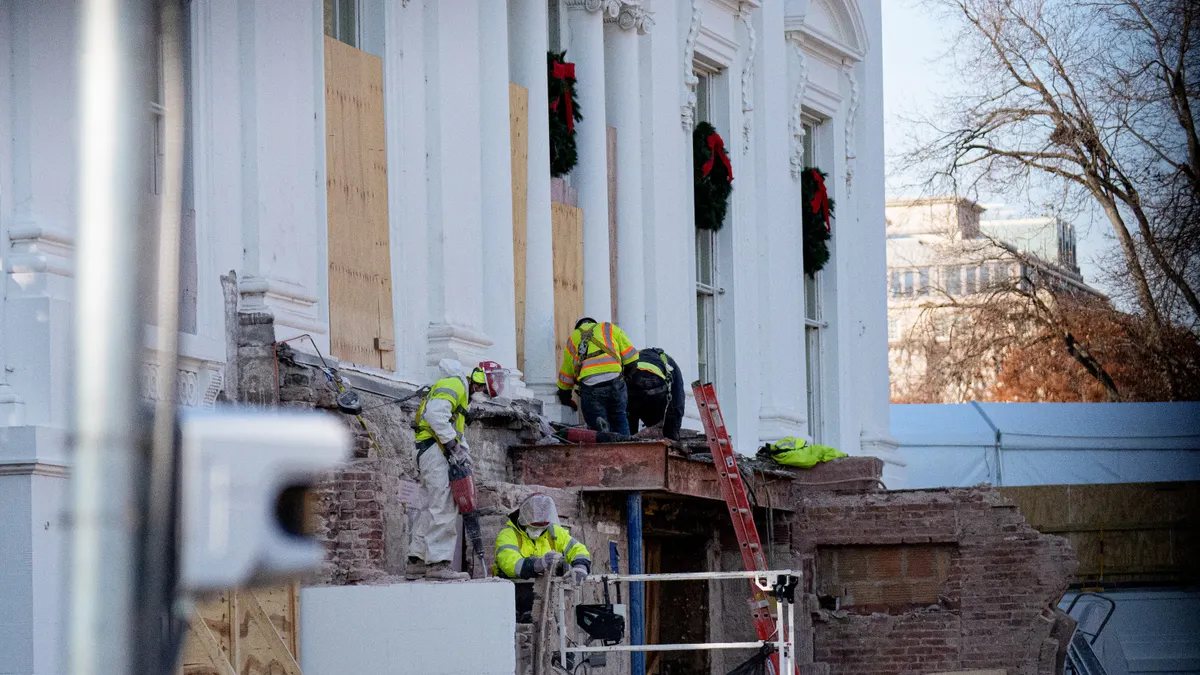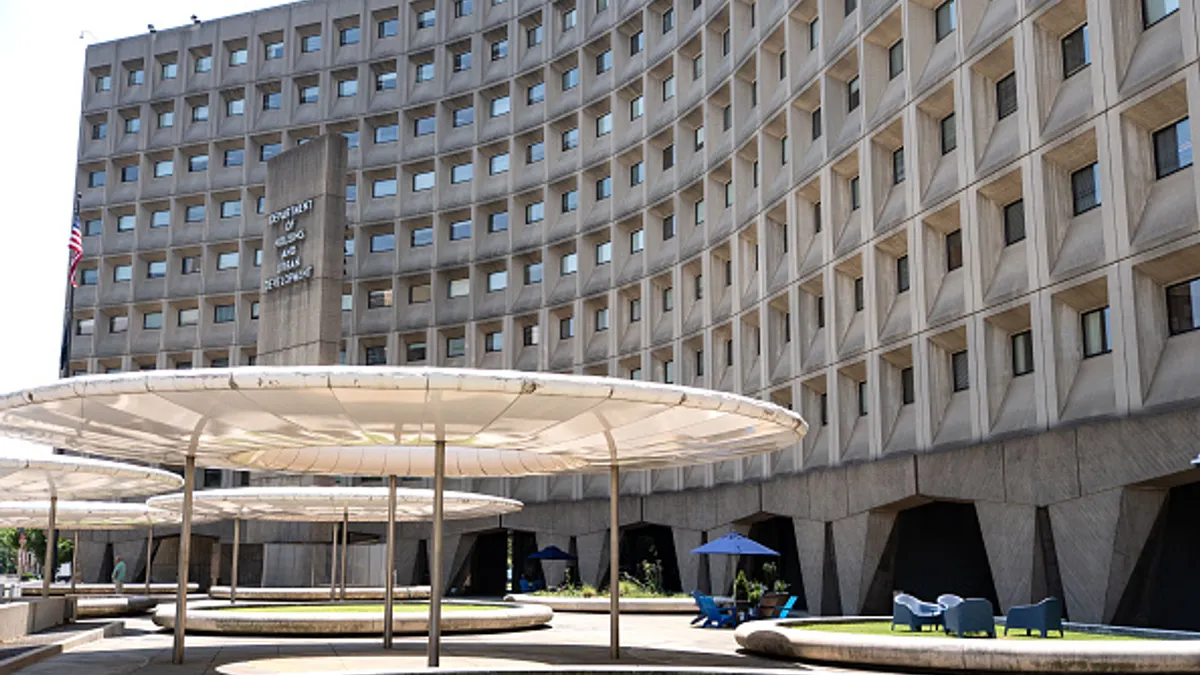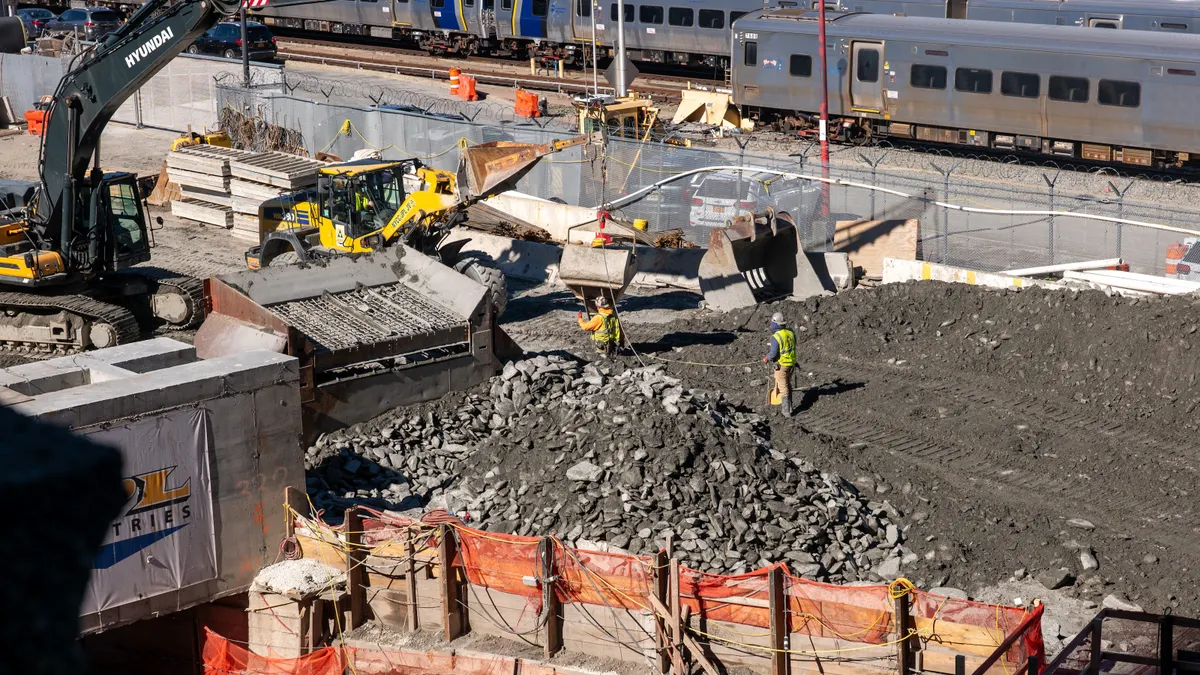On June 16, 2015, partygoers stepped out onto a fourth-floor apartment balcony in Berkeley, CA. However, what should have been a joyful birthday celebration turned into a tragedy felt from California to Ireland when the balcony collapsed, killing six people — including five Irish exchange students — and seriously injuring seven others.
After lengthy investigations, the culprit emerged: Dry rot was discovered in the supporting wood underneath the balcony, and experts said they believed this disintegration occurred when workers waterproofed the wood while it was wet. At first, state prosecutors considered filing criminal charges, but their evidence fell short. The city of Berkeley, the first entity to raise the issue of rotten wood, launched an inspection of other balconies and other such "outdoor structures" and found hundreds in need of repair.
The California Contractors State License Board (CCSLB) determined in April of this year that five contractors — Segue Construction (Pleasanton, CA), Etter and Sons Construction (Dana Point, CA), R. Brothers Waterproofing (San Jose, CA), North State Plastering (Fairfield, CA) and The Energy Store of California (Sacramento) — had displayed "poor workmanship" in relation to the balconies and said that all are subject to the agency's most severe penalty of license revocation. Families have also filed civil lawsuits against Segue, the primary contractor, and Blackrock, the apartment building owner.
But all of these after-the-fact measures, however well intended, likely won't prevent another similar horrific catastrophe from happening again. Collapse survivors and families of the dead students have demanded lawmakers keep history from repeating itself and are hopeful that California SB 465, currently before the State Assembly, is the first step.
Provisions of the proposed measure
The bill, first introduced by state Sens. Jerry Hill and Loni Hancock, includes the following provisions:
- Allows state agencies to provide each other with information related to public safety
- Requires contractors to self-report any felony convictions to the CCSLB, as well as any other convictions related to the duties and responsibilities of a licensed contractor
- Requires a year-long study of judgments, arbitrations, awards and settlements for residential rental construction defects to determine if mandatory reporting of this information to the CCSLB would enhance public safety
- Requires the California Building Standards Commission to study recent state "exterior elevated element failures" and recommend whether or not the findings necessitate changes to state law or the California Building Standards Code
This iteration of the bill is a far cry from earlier ones, according to Tom Holsman, CEO of the Associated General Contractors of California. He said the first renditions tried to cast too wide of a net and actually created liabilities. Lawmakers were reacting to the balcony collapse fallout as they wrote the original draft, which, he said, was understandable.
"They were trying to demonstrate caring and concern for public safety but didn't entirely understand what they were trying to cure," Holsman said. Injecting some construction industry realities, the AGC of California worked with lawmakers "to discuss it in a way that made sense," with an enforceable law as the objective. As it stands now, he said, "We're fine with it."
Construction industry response
As for the usual industry pushback against new regulations, attorney Joseph Moore of Hanson Bridgett said he would be surprised if contractors protested elements of the bill like the exchange of safety-related information between agencies. In fact, Holsman said one area of the bill that was rewritten involved that very topic. Originally, the authors wanted to define the relationship between the California Occupational Health and Safety Administration (CalOSHA) and the state licensing board, but the language was "softened" because the two agencies already work well together, and the bill only served to limit how the two could communicate, Holsman said.
Experts agree that the portion of the bill with the potential to have the most significant impact is the study of balcony failures, as this will possibly set in motion a significant change to state building codes. Changes to building regulations are often born out of disasters such as the California Northridge earthquake in 1994 and Florida's Hurricane Andrew in 1992, and both of those events spurred massive rewriting of those states' codes. Dependent on the code changes, it could mean increased costs for builders, according to Mark Johnson, attorney with Snell & Wilmer. However, he added, "There's no downside to increasing safety."
Experts pointed to one iffy section of the bill being the study to explore whether information about past claims and settlements would be helpful in determining whether a contractor is safe or unsafe. Because study participation is voluntary, Johnson said he's curious as to what the level of participation will be. If too few contractors respond, or ones with too few or too many lawsuits, that could skew the results and provide an inaccurate snapshot of the true construction defect picture in California.
In addition, Johnson said contractors settle defect cases all the time for expediency, to save on legal fees and for many other reasons aside from the quality of work. "Defect cases tend to name everybody," he said. Even a case involving a structural issue might name the painter as a defendant, so the painter, he said, "might throw money at it to make it go away." However, a hot-button issue with those who lost friends and family in the collapse is that Segue had been sued for balcony defects in the past, but there was no record of it because the company settled before the case went to court.
A 'rational way' to first tackle the problem
Those inured in the collapse and families of those killed gave emotional testimony in favor of the bill at a state Assembly Appropriations Committee earlier this month, leaving no doubt that they are desperate to save others from a similar tragedy. Moore said that studies might not seem like a substantive plan of action, but they lay the groundwork for future requirements that could eventually save lives.
"It's a rational way to approach it and a step in the right direction," he said. However, he added, "There will be more steps required to get the families what they really want."




















